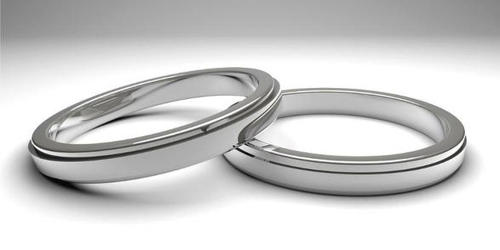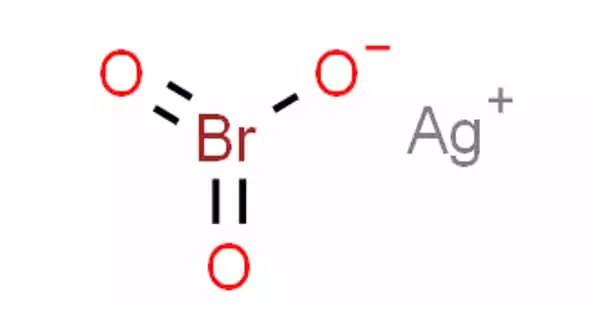Aluminium carbide, chemical formula Al4C3, is a carbide of aluminium. It has the appearance of pale yellow to brown crystals. It is stable up to 1400 °C. It decomposes in water with the production of methane. It is a gray powder that reacts vigorously with water to produce methane gas and aluminum hydroxide. It has a crystal structure similar to that of magnesium diboride, featuring Al2C motifs which are intercalated with carbon atoms.
Aluminium carbide is mainly used in the synthesis of aluminum alloys and as a starting material for the production of methane in the presence of water. It also finds application in cutting tools and as a grain refiner in the metallurgical industry.
Properties
It is a grayish powder with a molecular weight of approximately 143.9 g/mol. It is highly reactive with water and decomposes at high temperatures.
- Chemical formula: Al4C3
- Molar mass: 143.95853 g/mol
- Appearance: colorless (when pure) hexagonal crystals
- Odor: odorless
- Density: 2.36 g/cm3
- Melting point: 2,100 °C (3,810 °F; 2,370 K)
- Boiling point: decomposes at 1400 °C
- Solubility in water: reacts to make natural gas
Reactions
Aluminium carbide hydrolyses with evolution of methane. The reaction proceeds at room temperature but is rapidly accelerated by heating.
Al4C3 + 12 H2O → 4 Al(OH)3 + 3 CH4
Similar reactions occur with other protic reagents:
Al4C3 + 12 HCl → 4 AlCl3 + 3 CH4
Reactive hot isostatic pressing (hipping) at ≈40 MPa of the appropriate mixtures of Ti, Al4C3 graphite, for 15 hours at 1300 °C yields predominantly single-phase samples of Ti2AlC0.5N0.5, 30 hours at 1300 °C yields predominantly single-phase samples of Ti2AlC (Titanium aluminium carbide).
Preparation
Aluminium carbide is prepared by direct reaction of aluminium and carbon in an electric arc furnace.
4 Al + 3 C → Al4C3
An alternative reaction begins with alumina, but it is less favorable because of generation of carbon monoxide.
2 Al2O3 + 9 C → Al4C3 + 6 CO
Silicon carbide also reacts with aluminium to yield Al4C3. This conversion limits the mechanical applications of SiC, because Al4C3 is more brittle than SiC.
4 Al + 3 SiC → Al4C3 + 3 Si
In aluminum-matrix composites reinforced with silicon carbide, the chemical reactions between silicon carbide and molten aluminium produce a layer of aluminium carbide on the silicon carbide particles, reducing the material’s strength while increasing the wettability of the SiC particles. This propensity can be reduced by coating the silicon carbide particles with an appropriate oxide or nitride, preoxidizing the particles to generate a silica coating, or applying a layer of sacrificial metal.
Mechanical alloying, which involves combining aluminum powder with graphite particles, can be used to create an aluminium-aluminium carbide composite.
Occurrence
Technical calcium carbide frequently contains small levels of aluminium carbide as an impurity. Aluminium carbide formed as a corrosion product of the graphite electrodes in aluminium electrolysis.
Aluminium carbide is frequently formed as an undesired product in metal matrix composites based on an aluminium matrix and reinforced with nonmetal carbides (silicon carbide, boron carbide, etc.) or carbon fibres. Carbon fibre reacts with the aluminium matrix at temperatures above 500 °C; improved wetting of the fibre and suppression of chemical reaction can be obtained by coating it with, for example, titanium boride.
Applications
Aluminium carbide particles finely dispersed in aluminium matrix lower the tendency of the material to creep, especially in combination with silicon carbide particles. It can be used as an abrasive in high-speed cutting tools. It has approximately the same hardness as topaz.
Safety
Due to its reactivity with water and production of flammable methane gas, handling aluminium carbide requires precautions to prevent unintended reactions.
















